|
Among the Gallery's most famous pictures is the pre-Raphaelite painting by Dante Gabriel Rossetti (1828-82) La Ghirlandata, 1873. It portrays model Alexa Wilding playing the harp and is known in translation as the Lady of the Wreath. The huge painting (214 x 297 inches) that dominates the gallery is The Defeat of the Floating Batteries at Gilbraltar, 1782 by John Singleton Copley (1738-1815). Completed in 1791 It commemorates the defeat of the Spanish naval armada. The treasured canvas hung in the old Guildhall Art Gallery until April, 1941, when it was moved for safekeeping, jut three weeks before the gallery was destroyed by aerial attack. A special wall in the new gallery had to be designed to display it. Copley was born in Boston, MA, and went to Europe to study in 1774. After establishing his reputation in London, he never returned to America; he is buried in Surrey. Among the excellent Victorian paintings are many charming views of children. Above is The First Leap, Lord Alexander Russell on his pony Emerald, 1829, by Edwin Henry Landseer (1802-1873). John Everett Millais (1829-1896) painted the two canvases of the little girl, entitled, left, My First Sermon, 1863, and right, My Second Sermon, 1864, Who says the Victorians had no sense of humor? I recommend a visit to the Guildhall and the Guildhall Art Gallery, and don't miss the church nearby, St. Lawrence Jewry, the official church of the Lord Mayor of London and the City of London Corporation. St. Lawrence Jewry was first built in 1136 in the old Jewish quarter of London. After the Great Fire of 1666, it was rebuilt by Sir Christopher Wren, and re-opened in 1677. Damaged again in World War II, it was restored once more. Memorial window to Sir Christopher Wren in St. Lawrence Jewry. Below, the church's interior. Next on my 2017 agenda for London was Kensington Palace.
0 Comments
Leave a Reply. |
Victoria Hinshaw, Author
Archives
July 2024
Categories |

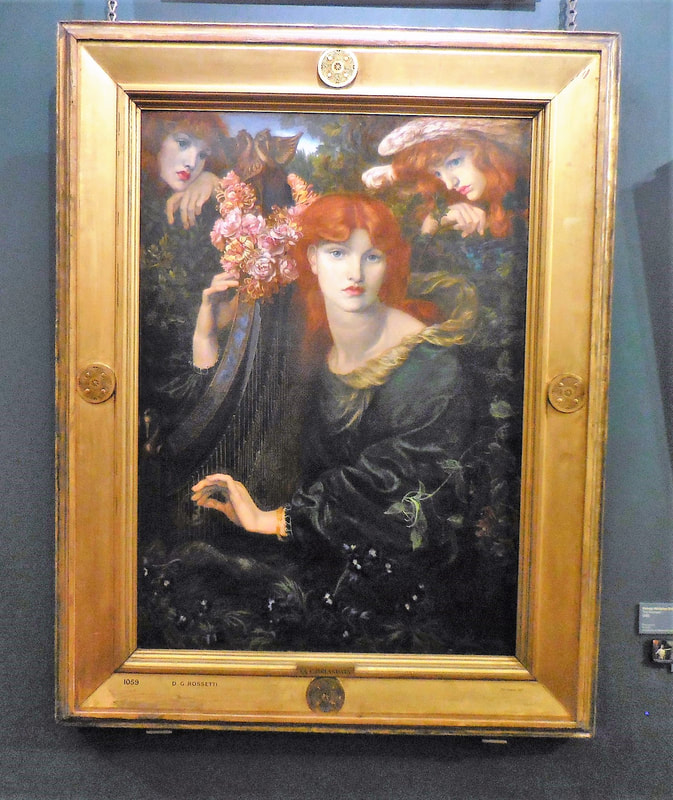
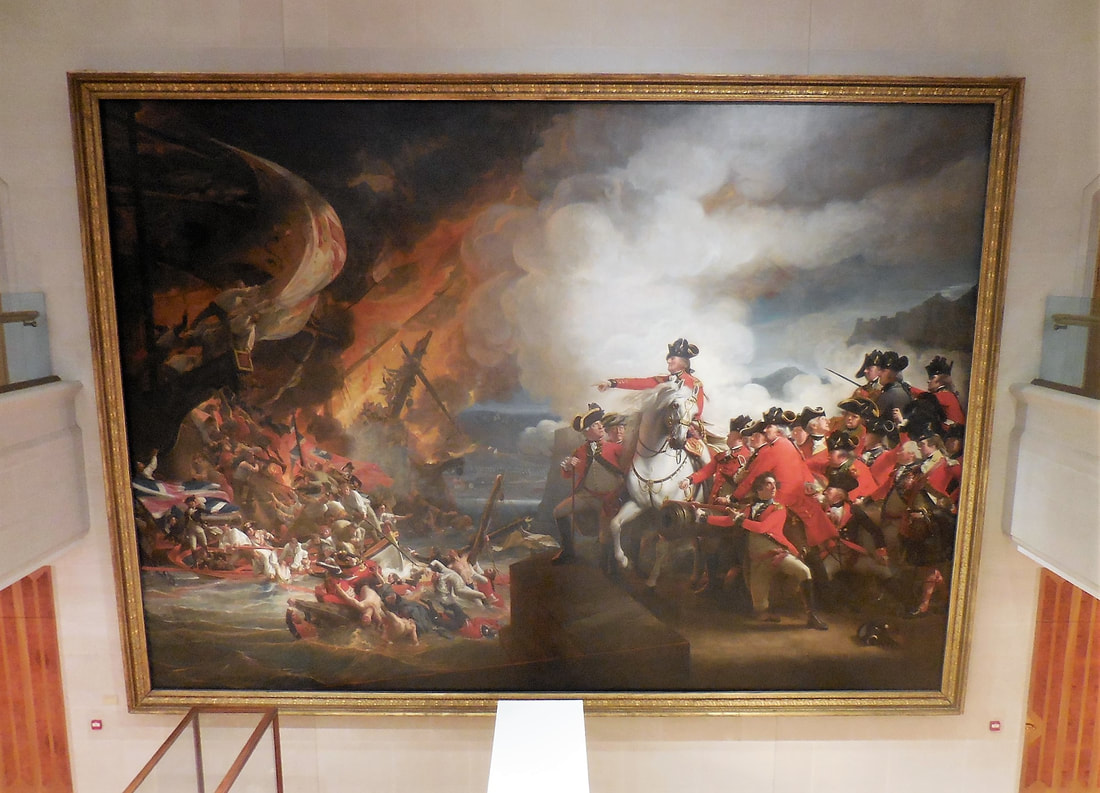
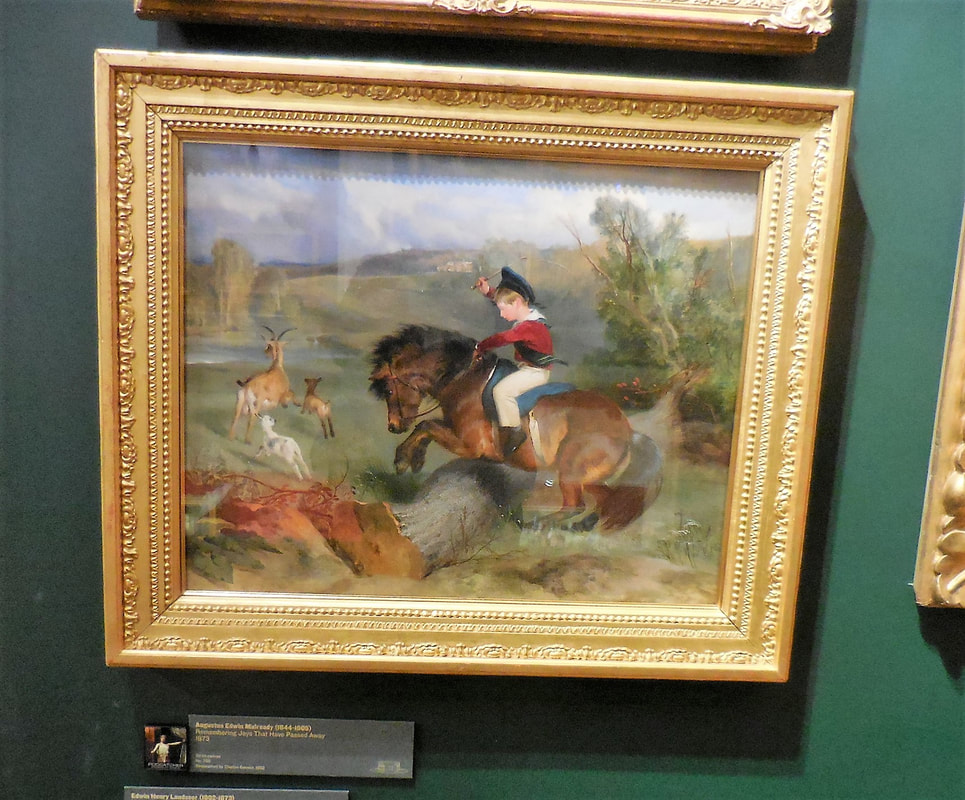
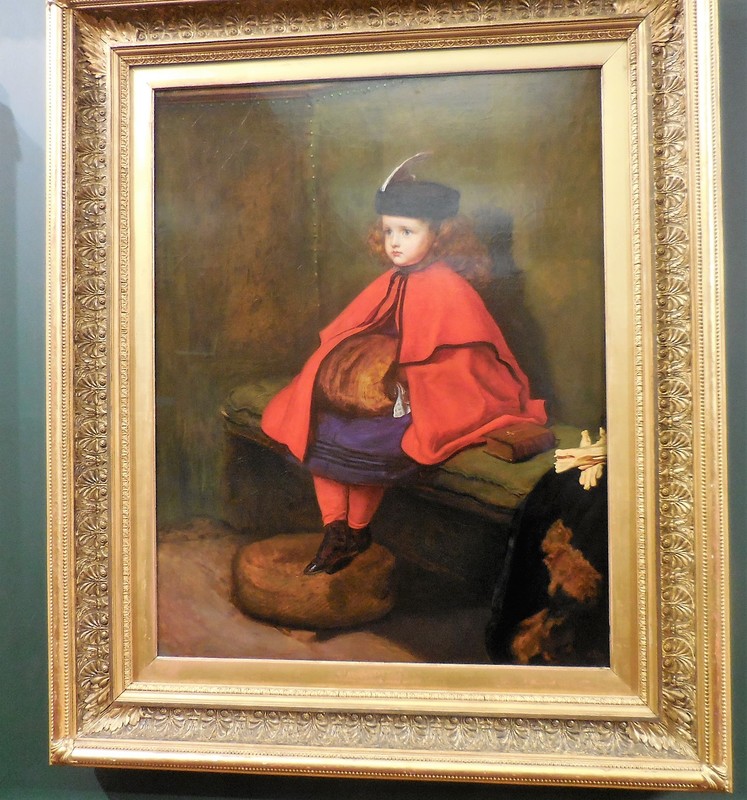
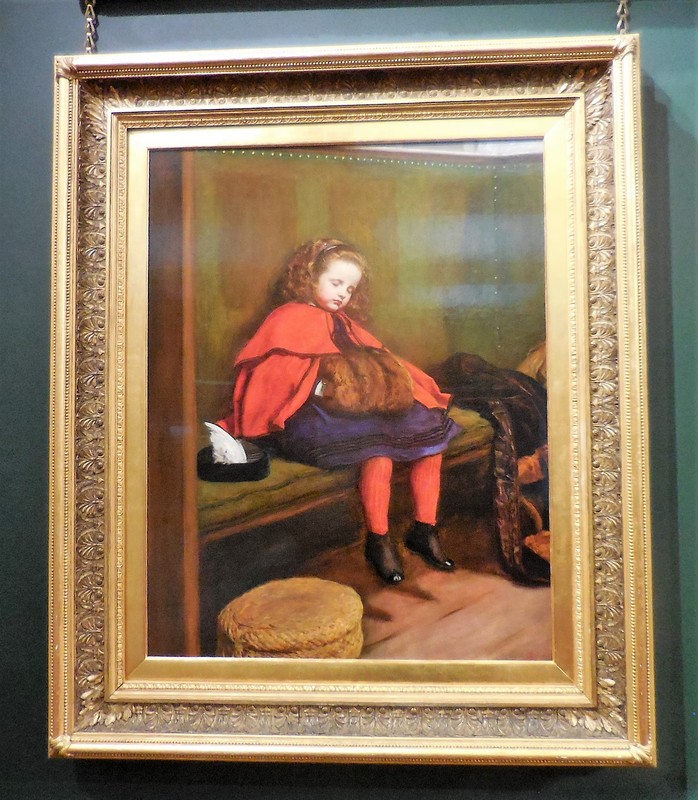
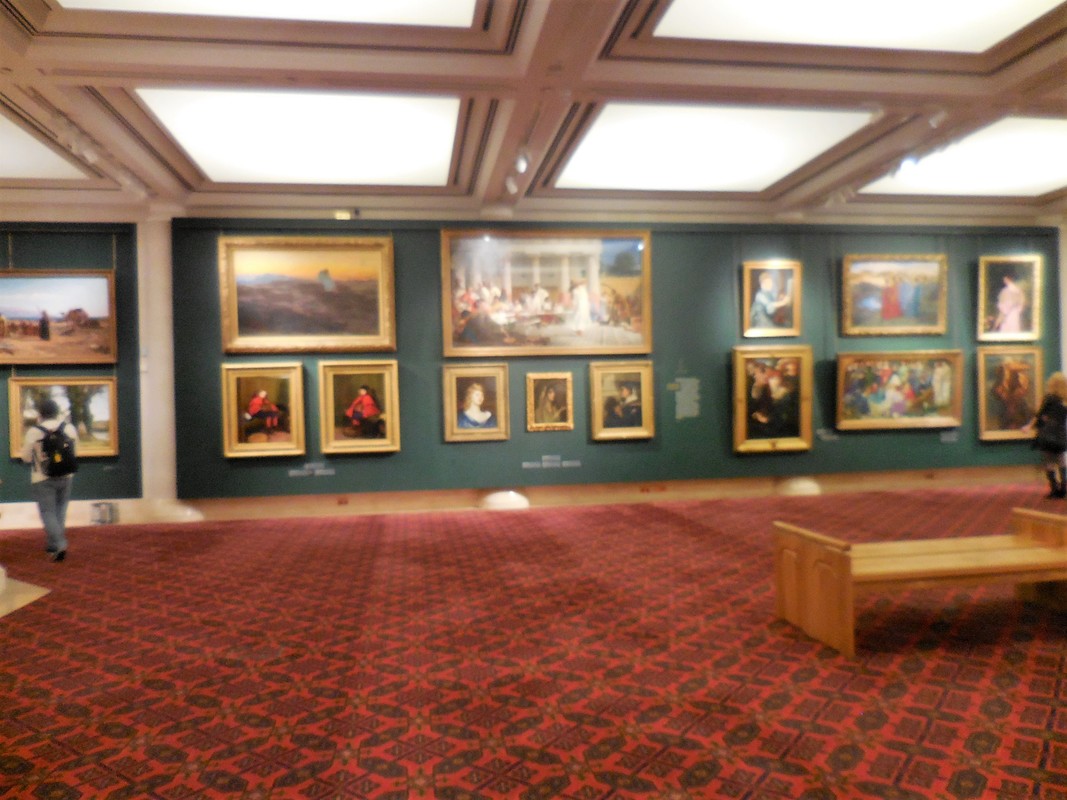
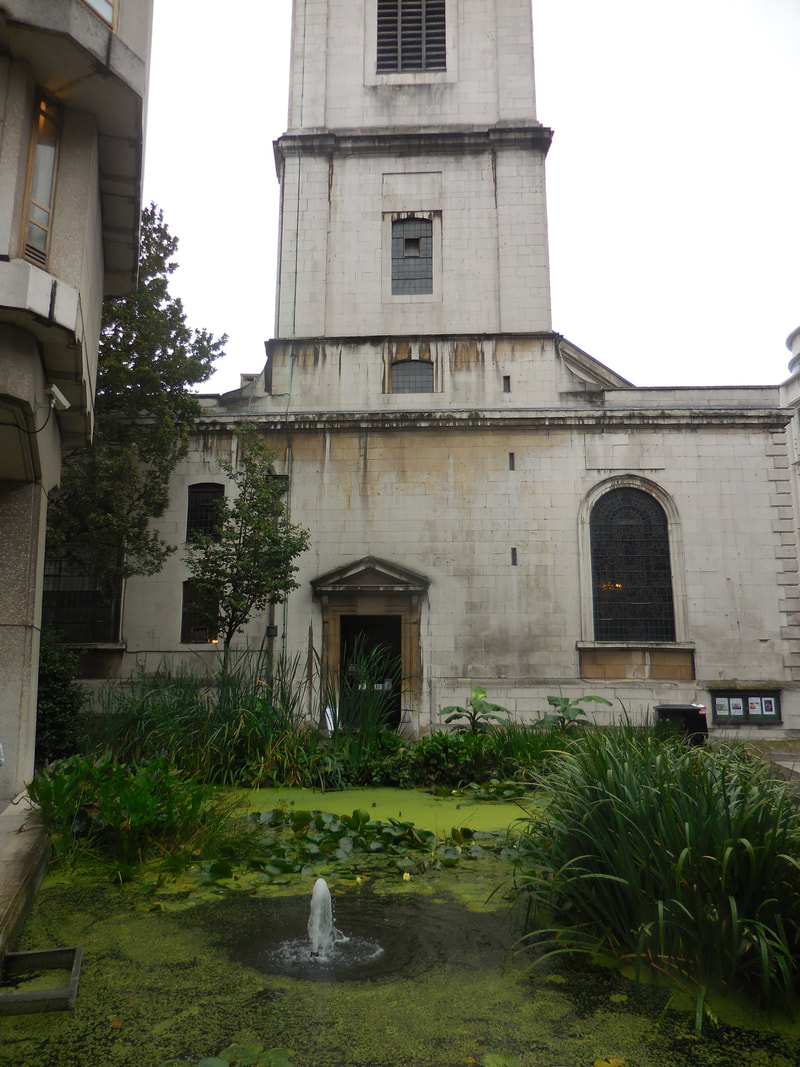
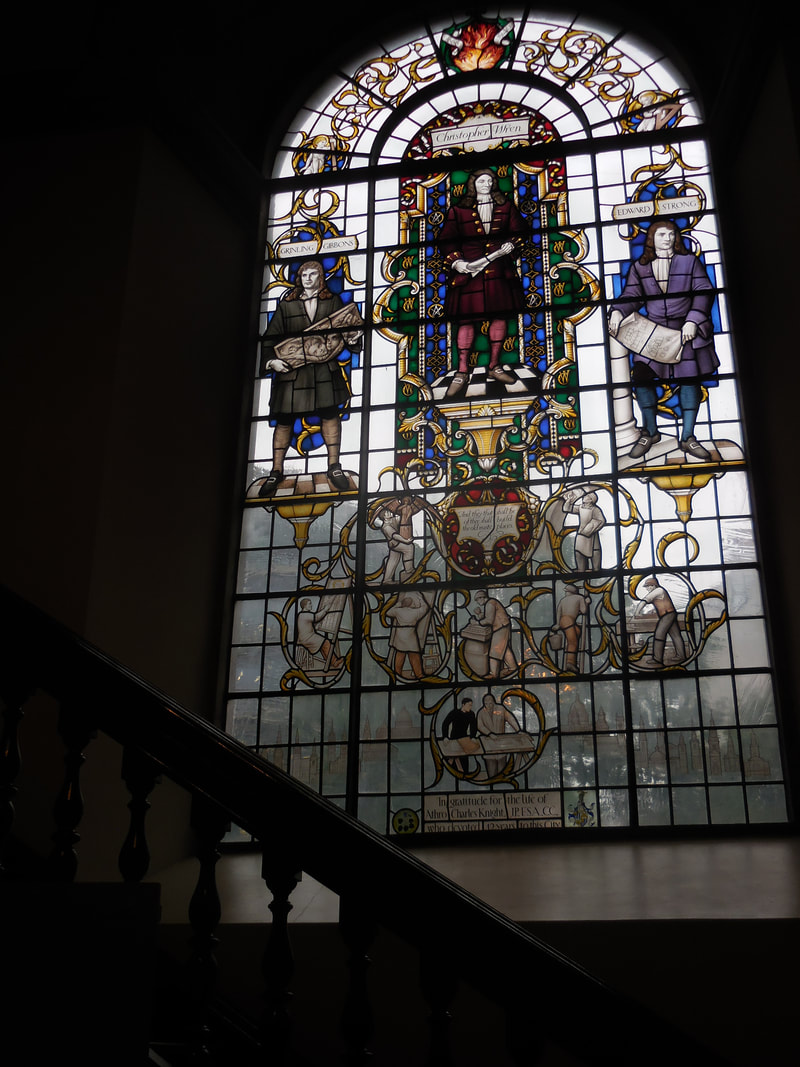
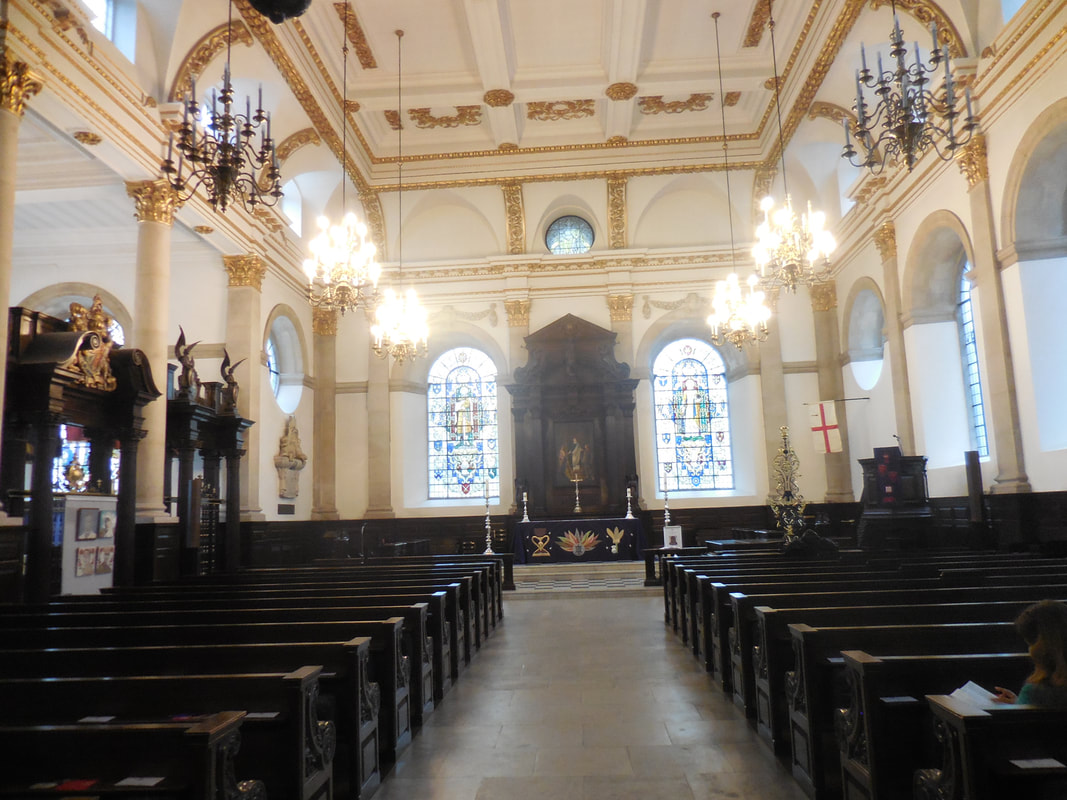
 RSS Feed
RSS Feed